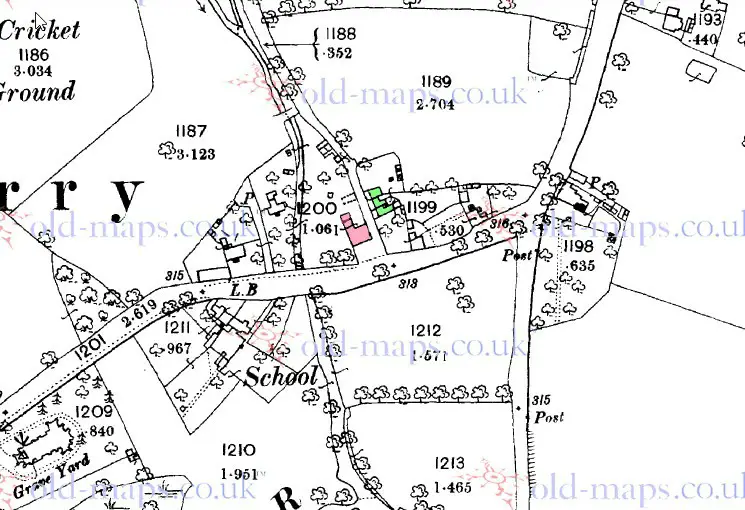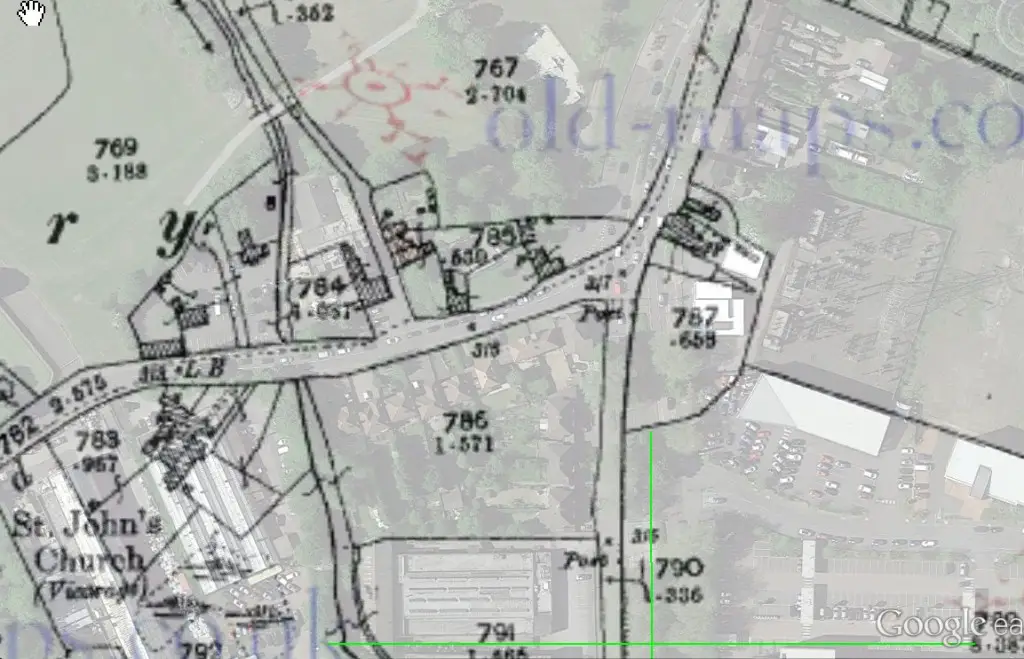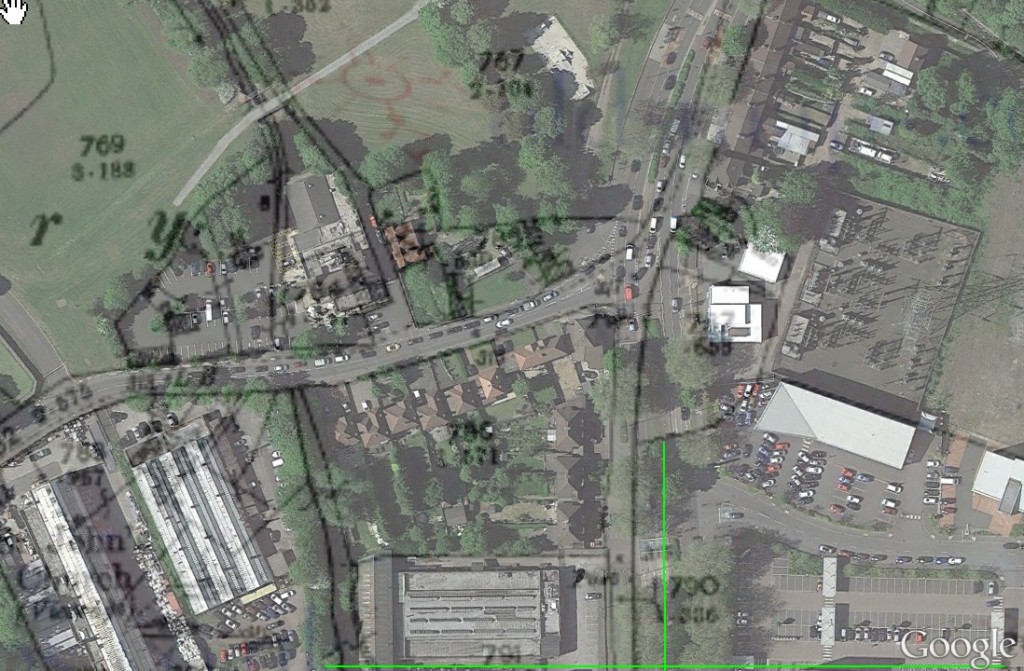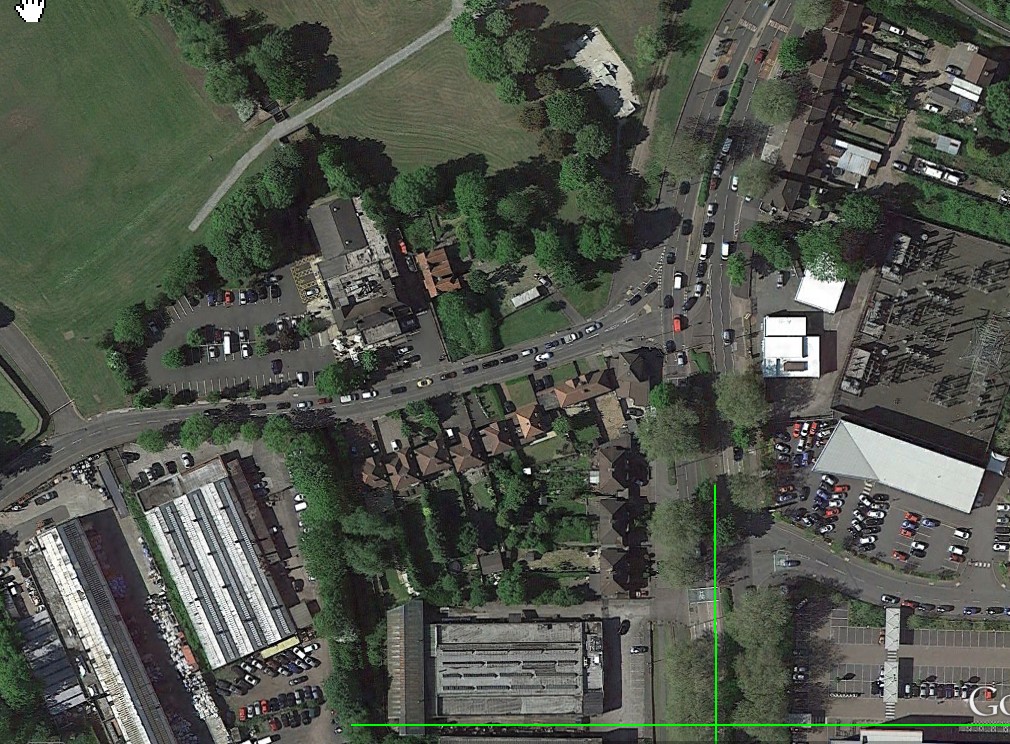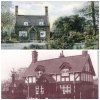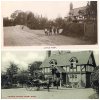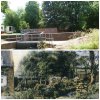I've spent a riveting afternoon pulling together the following summary of information about the Perry industrial mills in general and Perry Lower Mill in particular using the publication "Perry Barr and it's Water Mills" by P.W. King.
First, I've summarised this general snapshot of Perry industrial mills to give us context:
15th & 16th century - Perry Barr was rural, with a few industrial processes such as hammer mills
16th & 17th century - hammer mills here replaced by forges/blast furnacing, then these replaced by fulling (cloth processing) and paper mills
17th & 18th century - mills adapted from cutlery to blade and wire mills (decline in cutlery from Sheffield competition)
18th century - rise in sword cutlers for production of armaments
19th century - mills in use until mid-century until new sources of power found
Perry Lower Mill (blade mill/wire mill/paper mill)
Now I'll try to summarise the industrial activities which went on at Perry Lower Mill from the 1600s - 1860s.
Over several hundred years, the Mill went through a number of transformations, but it's notable that it was an early blade mill and, having been subsequently used for other purposes, it finally returns to use as a blade mill in the mid/late 1800s before it disappeared from the landscape.
1614 owned by a family of blade smiths
1670 owned by a cutler, but by now, a decayed blade mill
1685 leased by a short cutler
1722 converted to a wire mill, owners also owned Lower Paper Mill, the next mill north, which they
also converted to a wire mill
1727 a wire mill
1748 blocks, tongs, spindles, barrels, plates, hammers,gearing and tools transferred in a will to
descendant of owner
1819 mill let to a firm of platers of metal
1837 by now a paper mill let to a firm making button boards, japan boards, gun wadding, paper
mâché trays and paper manufacturing
1844 returns to a blade mill
1860s was probably deprived of its water supply in about 1860 when the mill was acquired by
Birmingham Water Works.
Now here's the crunch. King states in his work: "The site of the mill is now occupied by the Church Tavern, behind which there are obvious remains of a wheel pit on the edge of the park, where the brook passes into a tunnel under the inn. The dam for the mill pool survives as a low bank in the adjacent Perry Park".
So there we have it folks. If the author is correct, the Mill would be approximately located around where the Church Tavern now stands (or at least where the pre- enlarged Church Tavern building was built). That leaves us with a few 'bits and bobs' that might be worth following up such as:
Visual evidence of the mill pool low bank in Perry Park
Visual evidence of the remains of the wheel pit where the brook passes into the tunnel under the Tavern
Date of the cottages to the right of the Tavern - be interesting to know a bit more of their history
No longer there, but the date Perry Cottage was built to the left of the Tavern
Viv.
